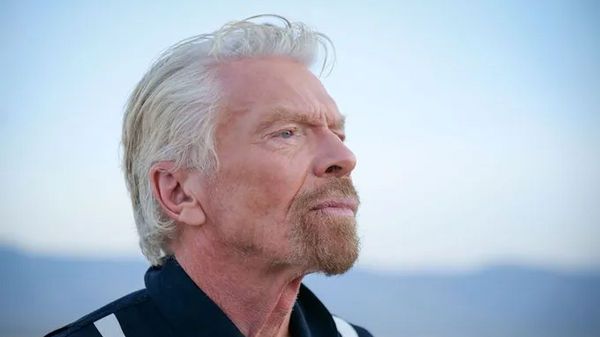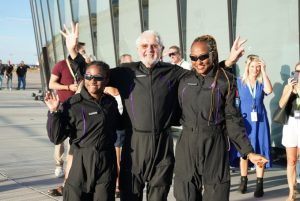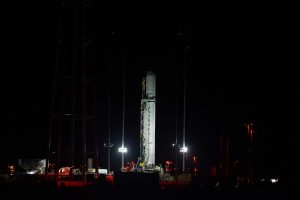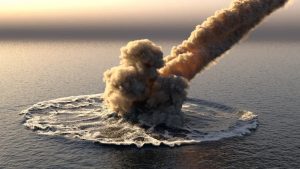Billionaire Richard Branson on Sunday took off for space in a Virgin Galactic vessel from a base in New Mexico. Branson hopes to lift the nascent space tourism industry off the ground with this voyage.
The carrier plane took off from Space Port in New Mexico at around 8:40 am Mountain Time (1440 GMT). The massive vessel will take an hour to ascend to the altitude of 50,000 feet, following which is will drop the spacecraft below it.
The mothership will then drop a rocket-powered spaceplane called VSS Unity, which will ignite its engine and ascend at Mach 3 beyond the 50 miles carrying two pilots and four passengers, including Branson.
Also Read | Richard Branson: First billionaire to go to space has Tamil roots
After the rocket engine has been cut off, passengers will be able to unbuckle and experience weightlessness for a few minutes. They will also get to view the Earth from the 17 windows.
The ship will re-enter the thick part of the atmosphere after hitting a peak altitude of 55 miles. It will then glide its way back to the runway.
“It’s a beautiful day to go to space,” Branson posted earlier on Twitter along with a video of him biking to the base and meeting with his crewmates.
Branson is also aiming to beat Amazon founder Jeff Bezos as the first tycoon to cross the space barrier, especially in a ship built by a company he founded.
The race to space has been making headlines in recent times. While Branson is likely to cross the final frontier on Sunday, Bezos has also announced that he fly in Blue Origin’s New Shepard rocket on July 20.
The company on Friday also posted an infographic listing reasons why it should be chosen over the Virgin flight. The main point of difference between the two being that while the Virgin Galactic vessel goes up to 55 miles in altitude, the New Shepard can climb up to 60 miles. Only the Blue Origin spacecraft crosses the Karman Line, the frontier of space according to international convention.







